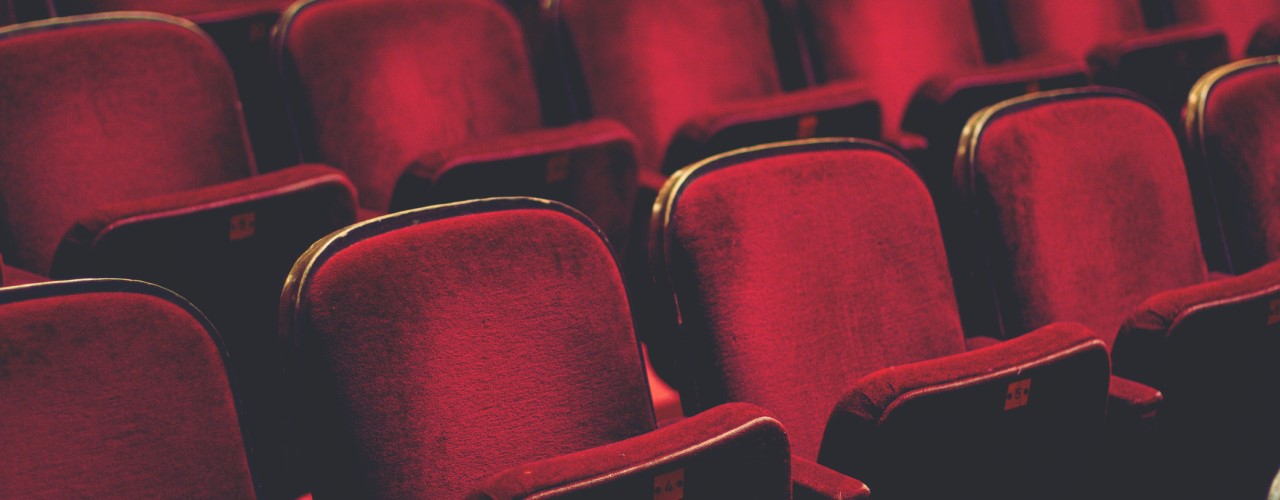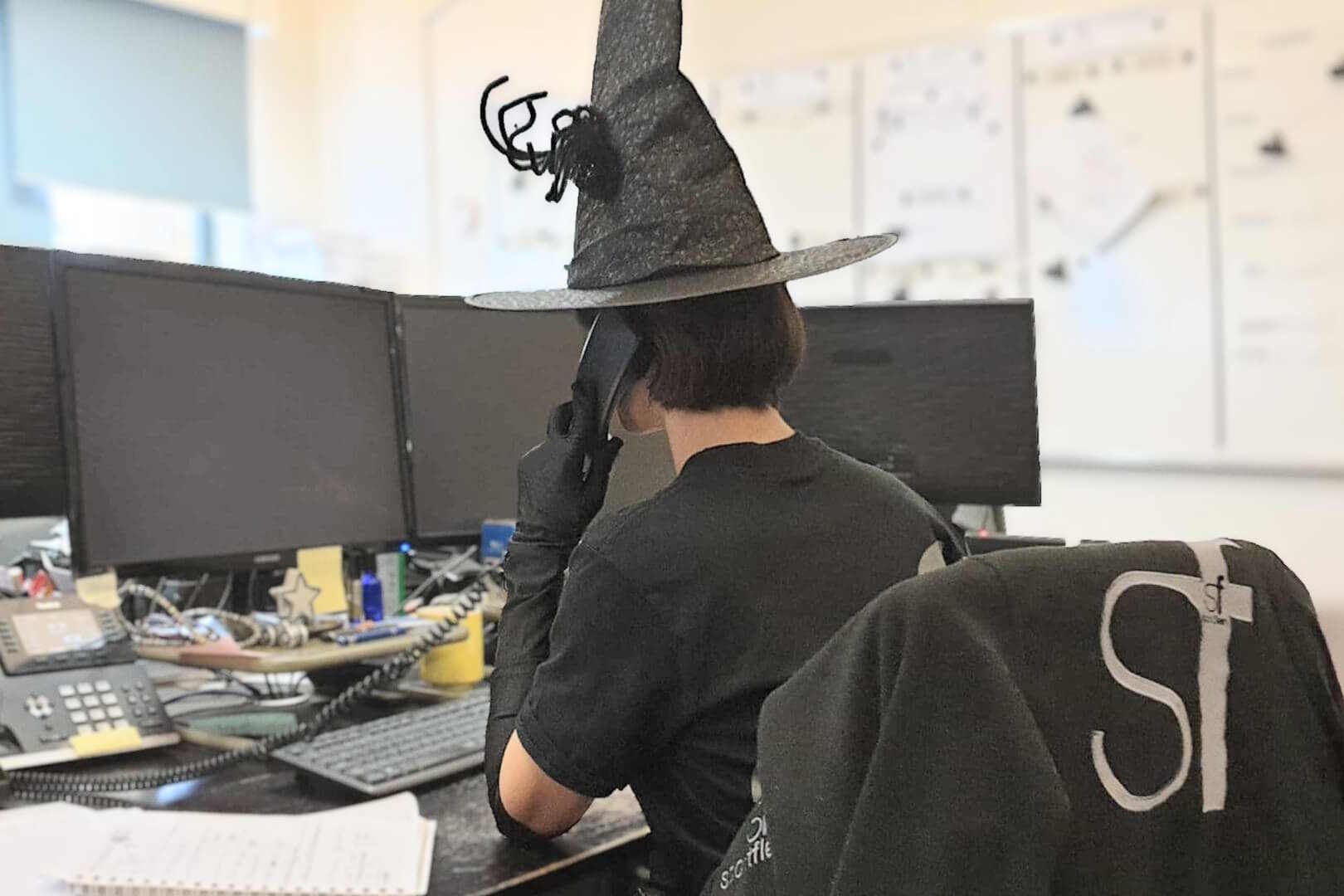How technology has changed theatre design
How technology has changed theatre design
Perhaps the most significant way in which technology has changed theatre design is when it comes to the potential of what can be achieved and the capabilities that are available. From the aesthetic, to the experience of the performance, technology provides a wealth of opportunities to enhance and refine elements of design and production. In fact, it’s fair to say that technology has had a transformative impact on something like theatre design.
More immersive, exciting experiences
The use of technology in theatre design is something that humans have been doing for hundreds of years. The theatre has always been an innovative space where anything that might improve storytelling can be tried and tested. In the early years that might have been something like the stage design at The Globe, which intentionally allows for more natural light. Today, it’s more likely to be sophisticated lighting, sound and 3D printing systems. Technology has the potential to change theatre design in three key ways: in terms of visual, audio and smell. Automation and 3D printing today make it easier to construct sets at speed, for example, providing more creativity and power in set design. Audio elements, such as flesh coloured headsets and earpieces, provide both actor support and a better experience for the audience. Vapour scenting systems contribute with an experience of artificial smell that simply wouldn’t have been available a decade ago.
Ways in which technology has changed theatre design
- Lighting design. From the early days of open-air theatres constructed to catch the sun at just the right time, today we have LED lights and digital lighting systems that make almost anything possible. Lighting designers today can instantly change the colours used on the stage, rather than being reliant on the mechanical processes of the past. Digital lighting delivers complete control over all the lighting in a theatre at a touch of a button, minimising the potential for mistakes and maximising the potential for a great experience.
- Sound design. Speaker systems and microphones changed the way that theatres were designed forever. Being able to hear the action happening on stage was almost a big priority in theatre design and impacted the way that many venues were built. Microphones arrived in theatres in the 1960s, evolving to wireless mics in the 1980s, supported by speaker systems that not only meant the audience could hear all the actors from any location but that productions could implement a range of music and effects too.
- Visual design. This is where we have seen a huge expansion in innovation in recent years thanks to technology such as 3D printing, which streamlines the workload of the set designer. Automation makes it much easier to move set pieces during a production, without reliance on a manual process, and other elements such as rigging and props have made a huge impact on the way that products and experiences are designed today.
These are just some of the ways that technology has changed – and will continue to change – theatre design, now and in the future.
Contact Scott Fleary to see how we can you transform your space today.
Still Have Questions?
Our friendly team is here to help you out.

